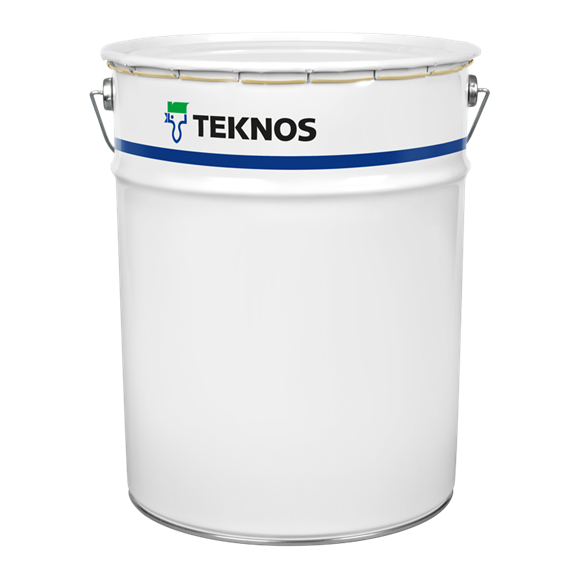EPIRUSTIK 2000
Epoxy primer
- Corrosion protective
- Wear resistant
- 2-component
- Solvent-borne
- Intermediate
- Primer

- Corrosion protective
- Wear resistant
- 2-component
- Solvent-borne
- Intermediate
- Primer
Epoxy primer, MIO pigmented, thixotropic, high solid, two component, cured in low temperatures (from -10°C). The coating can be applied on wet and poorly prepared surfaces, is not sensitive to water (rain) when cured to touch dry degree.
For priming or self-protection of (when high decorative value of coating is not required): steel, aluminium operating in sea and industrial environment. For renovation of old alkyd-, acrylic-, polyvinyl-, chlorinated rubber, epoxy- and polyurethane coatings. The coating is flexible and mechanically resistant. The coating resistant to water, salt water, salt and alkali solutions, oil, fuel oil, diesel, motor gasoline and some organic solvents. Coating resistant to the elements occurring in the cathodic protection.
Surface preparation
Application
Application conditions
Storage
| Total mass of solids | abt. 1340 g/l |
|---|---|
| Volatile organic compound (VOC) | abt. 280 g/l |
| Pot life | 2,5 h (+23 °C) |
| Mixing ratio | 100:30 by volume (comp. A : comp. B) |
| Hardener | Comp. B: UTWARDZACZ 080/082 |
| Gloss | Semi-matt |
| Practical spreading rate | The values depend on the application technique, surface conditions, overspray, etc. |
| Drying time – dust free | after 3 h |
| Drying time – touch dry | after 6 h |
| Drying time – fully cured | after 3 days |
| Thinner | TEKNOSOLV 1639 |
| Clean up | TEKNOSOLV 9506 |
| Colours | TO-250 red oxide, TO- 860 light grey , TO-330 mustard |
| Safety markings | See safety data sheet. |